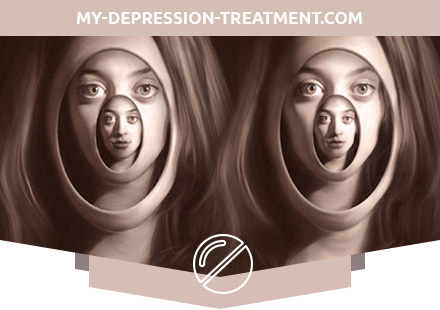What is Dissociative Seizures?
Dissociative seizures (pseudo-fits) are seizures that very accurately mimic an epileptic seizure, but without life-threatening manifestations (dangerous falls, biting of the tongue, loss of consciousness is absent and memory is kept for events of this period, stupor or trance may occur).
Causes of Dissociative Seizures
Situational conditionality
Symptoms of Dissociative Seizures
The main feature is sudden and unexpected jerky movements, for which stereotype is not observed and a certain theatricality is characteristic. Duration from minutes to hours. The demonstrative character emphasizes what happens in the presence of outside observers and disappears when they lose interest in the patient. More often abortive forms are encountered – fainting, tears or laughter, tremor of the whole body with external signs of loss of consciousness without actually losing it. In childhood, there is a protest reaction when adults refuse to fulfill the child’s demands.
Diagnosis of Dissociative Seizures
For a reliable diagnosis, the following criteria should be:
- The absence of a physical disorder that could explain the symptoms that characterize the disorder (but there may be physical disorders that give rise to other symptoms).
- There is a convincing link in time between the onset of symptoms of the disorder and stressful events, problems or needs.
- Sudden and unexpected spastic movements, resembling any variants of epileptic seizures, but without subsequent loss of consciousness.
- Convulsions are not accompanied by a bite of the tongue, serious bruises or injuries due to a fall or involuntary urination, loss of consciousness, pupillary reaction to light is maintained.
Differential diagnosis: Should be distinguished from epileptic seizures.
Treatment of Dissociative Seizures
Emotional stress psychotherapy, psychoanalysis.

